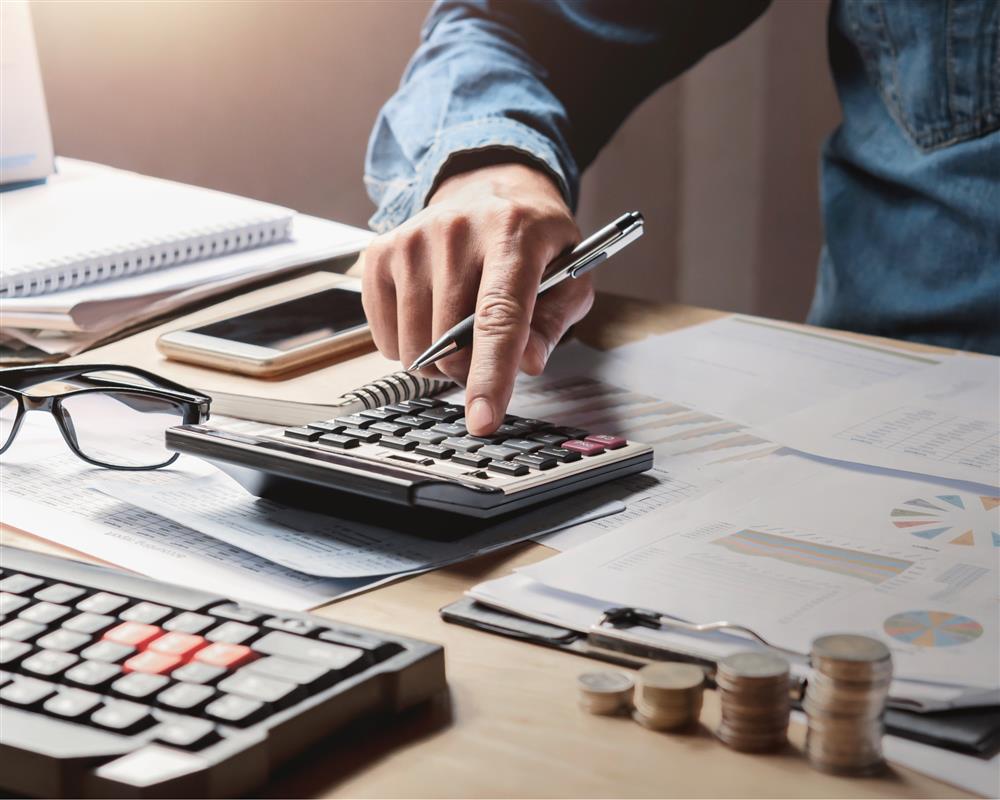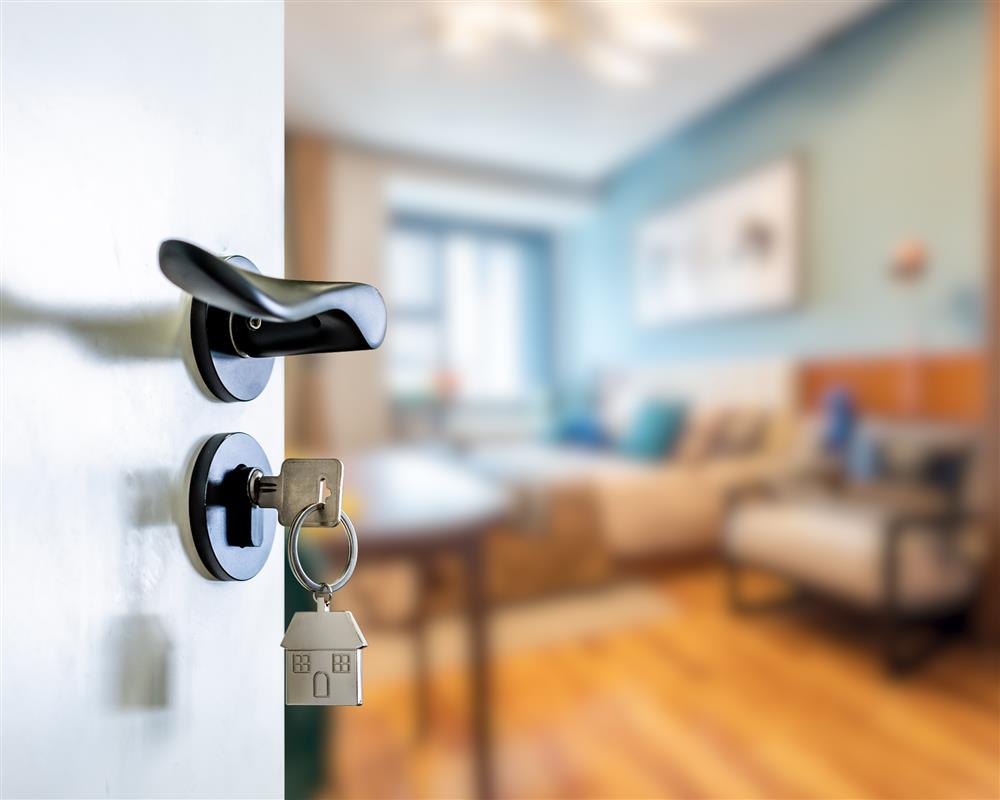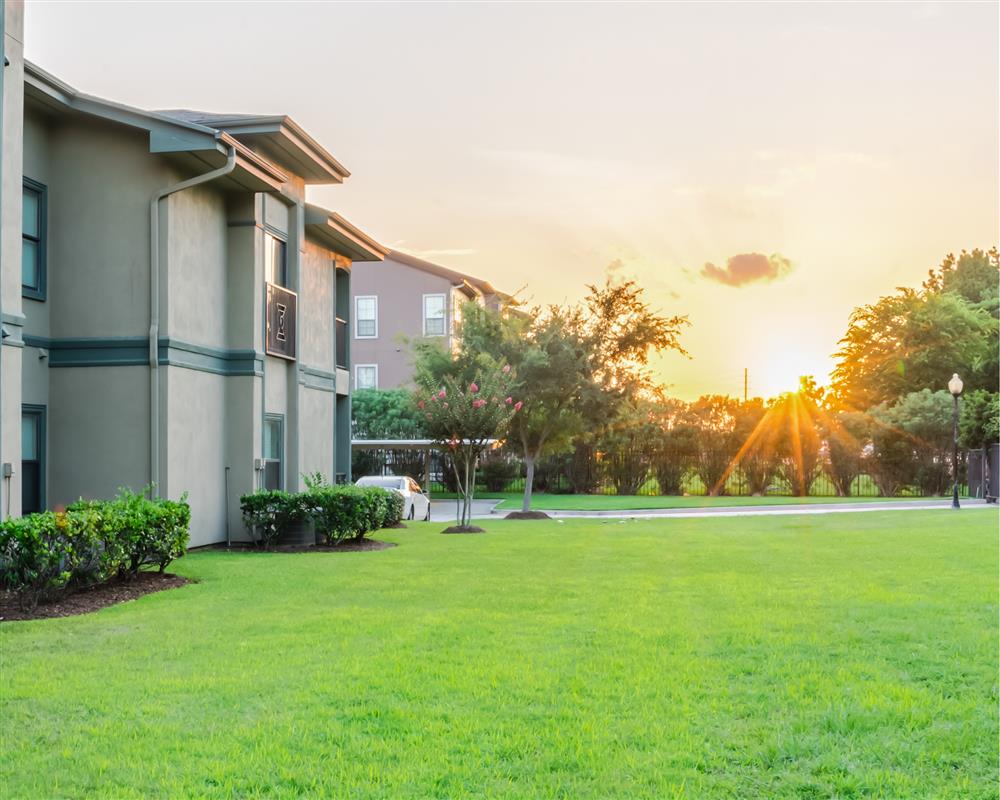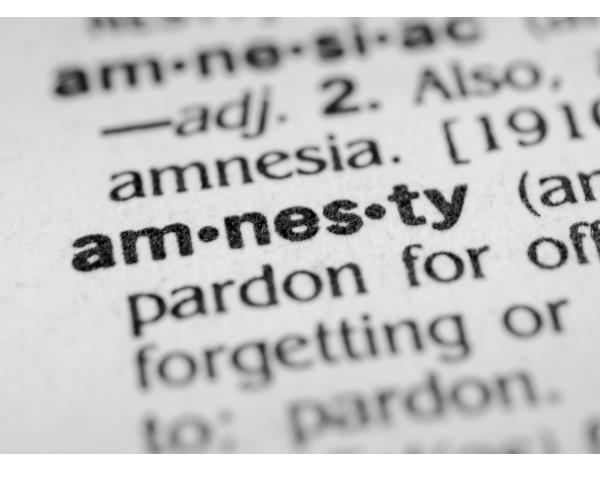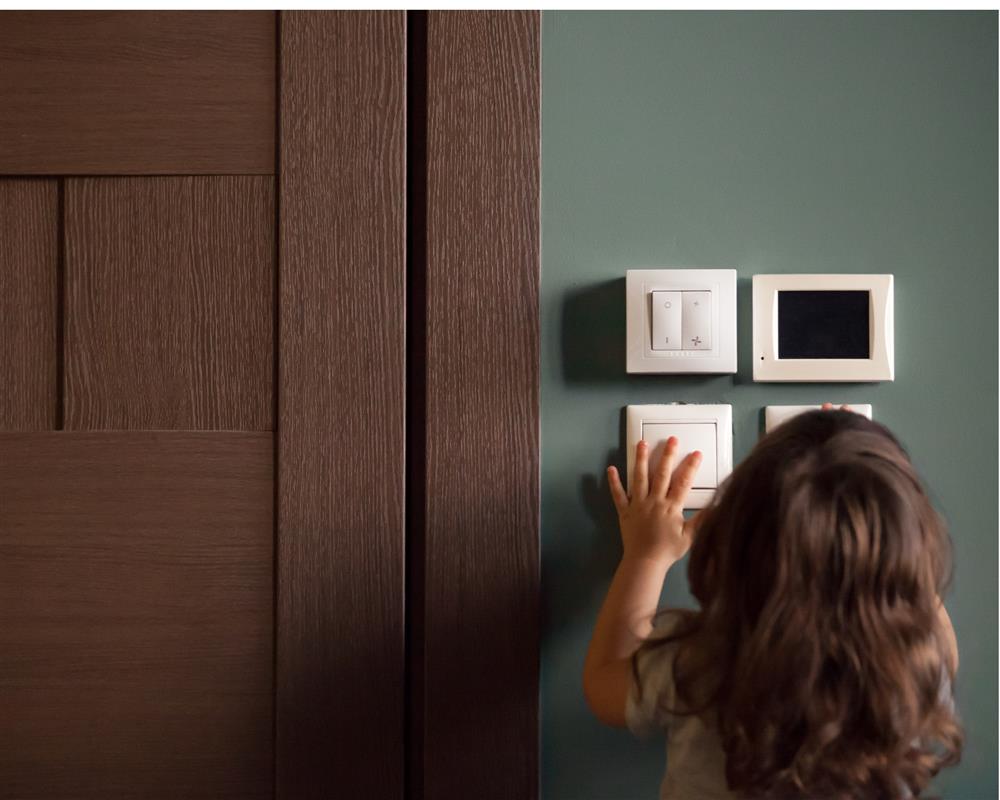
Returns on residential property remain attractive. This is because the investment property generates capital growth and in cases where the bond has been repaid in full, an on-going passive income stream. Prospects for creating wealth and equity should be at the very forefront of property investment – capital growth being the highest concern.
What is a Rental Return?
The rental return is the rental received annually as a percentage of the cost of the investment property, often referred to as the yield. It is essentially what the owner of the property can expect as a return on his investment. The net rental return is defined as the rental income less direct costs, such as the agent’s commission, levies and special levies, rates and taxes, insurance and the potential cost of maintenance.
Factors that directly affect Net Rental Return:
The investment potential of a property is influenced by the rental demand for it and the direct costs involved in owning and maintaining it. When considering a property for investment purposes one should first and foremost consider its rentability. The astute investor will take into account the rental demand for prospective properties, which can be further broken down into location, proximity to amenities, security, layout and finishes, general condition of the property and rental value.
Direct costs such as the agent’s commission, levies, special levies, rates, taxes and insurance all have a direct affect on the rental return as these costs will cut into the owner’s profit.
The general condition of the property and potential maintenance requirements in respect of this will also have an effect on the net rental return.
Although not a direct factor, a tenant’s payment behaviour will certainly influence the net rental return. Property investors should avoid having to deal with the stresses of non-paying tenants by appointing a reputable Estate Agency to screen and filter potential tenants for them. The systems and procedures that the Agency has set in place to verify credit and FICA information, as well as previous rental and employment history, are essential in reducing the potential of a non-paying tenant.
What a Good Investment looks like:
The yield potential of a property is likely the most important thing to consider when investing, especially if the investment property is bonded. The rental return received is often used to fund the bond repayment if the property is bonded. A good investment is one where the net rental return covers the full bond, and the investor is not required to fund the bond payment shortfall out of his savings. The sooner the net rental return covers the bond the better the investment - this is a key indicator for investors who have bonded their properties. When the bond has been repaid in full, the property then generates an on-going passive income for the investor.
Investors accept that the first three to five years would require additional funding to cover the bond repayment shortfall, and they make provision for this in their investment planning. A detailed cash flow analysis is a simple solution to calculating rental return vs bond repayments.
Yield potential, market price, location, features and finishes, security, layout and proximity to amenities all impact the rentability of a property, which in turn affects the net rental return, affecting the prospective investment.


















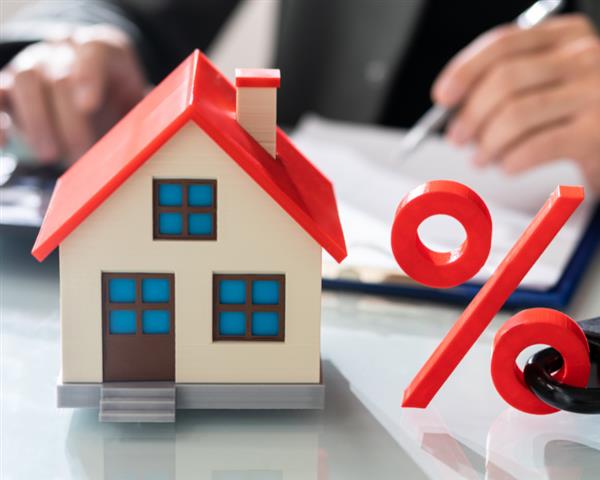





























![What is POPIA? [Part 1]](https://s3.entegral.net/news/Thumbnail_2021_10_18_11_53_39_403.jpeg)

















































